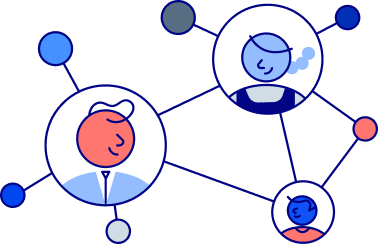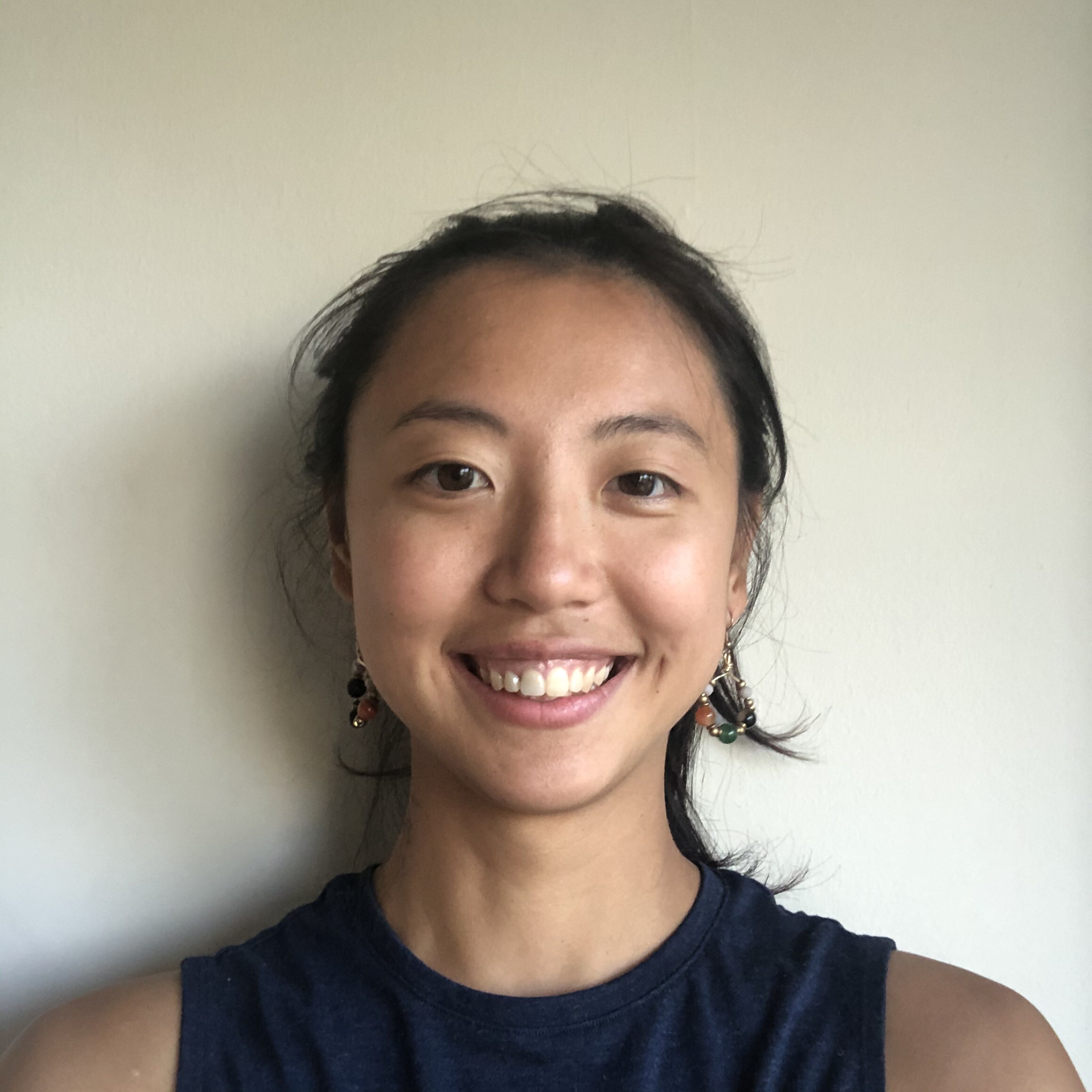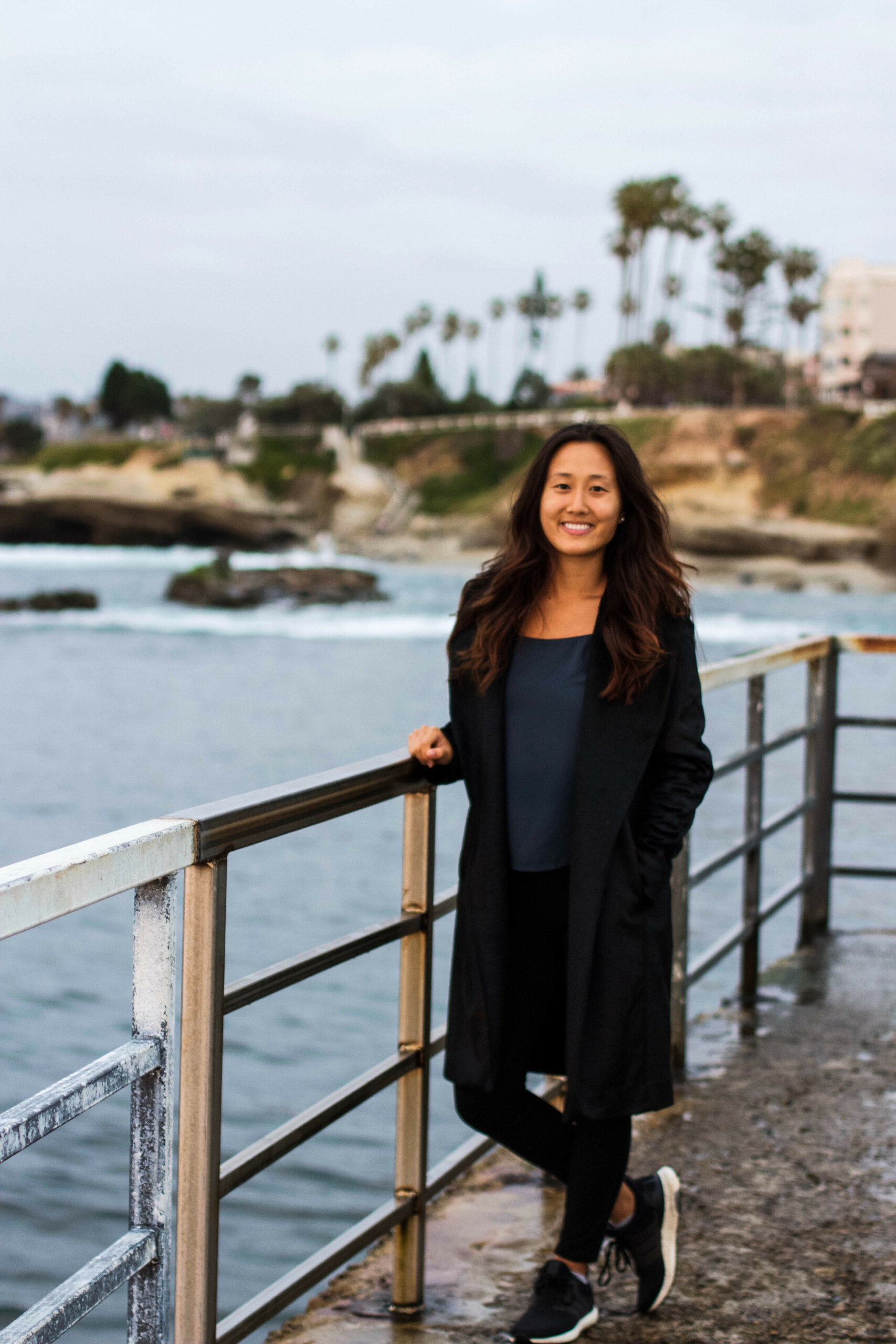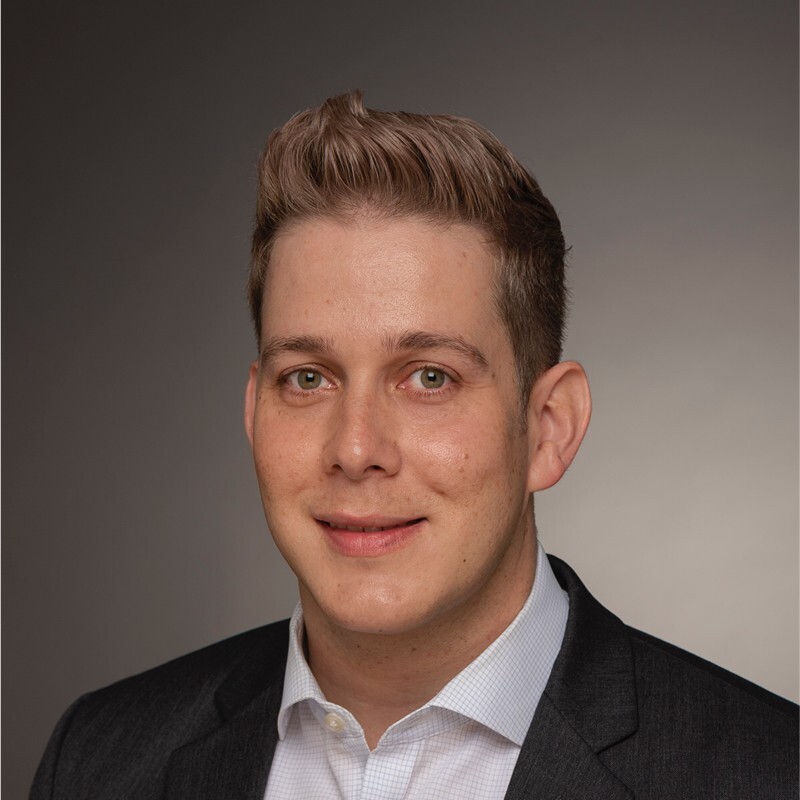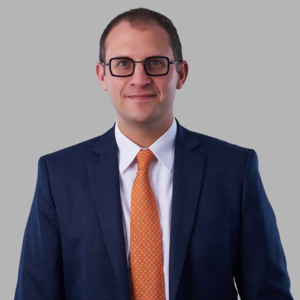Most international students studying in the U.S. have an F-1 visa, which allows you to enter the country as a full-time student at an accredited college, university, or a number of other academic institutions and training programs. You must be enrolled in a program or course of study that culminates in a degree, diploma, or certificate and your school must be authorized by the U.S. government to accept international students.
When studying in the U.S. on an F-1 visa, getting a job is a great way to gain work experience while also earning money to put towards tuition or living expenses. However, regulations on your F-1 visa may limit where and when you can work.
During the first academic year, students can only work on-campus; after the first year, the range of legal job opportunities broadens to include Curricular Practical Training and Optional Practical Training.
Depending on how long you have been studying in the US, you may be legally allowed to work in all or only one of the three main ways.
On-Campus Employment
On-campus employment is the easiest option for F-1 students, and is the only legal option for those in their first academic year. On-campus employment can take place on the school’s campus or at an off-campus location that is educationally affiliated with the school. This includes typical student jobs in the libraries, dining halls, dorms, or other on-campus locations along with certain off-campus locations affiliated with the school, such as research labs.
The hours for on-campus employment are limited to 20 hours per week while school is in session, but students can work full-time when school is out of session. You are allowed to work in more than one on-campus job, but their combined hours each week still cannot be more than 20.
Curricular Practical Training (CPT)
After the first academic year, F-1 students are allowed to do Curricular Practical Training (CPT), which is training that is a required part of your school’s curriculum and relates to your major of study. CPT is meant to give you actual experience in your major, like an internship, co-op, or practicum, and can be full-time with no hourly limit each week.
Some schools may offer Day 1 CPT, which allows students to do CPT from the first day of their program instead of waiting one year. The number of programs offering this is low, and it typically only applies to master’s and doctoral degree programs, but it may be an option for some F-1 students.
In order to do CPT, students must first secure the training opportunity, then gain approval from their Designated School Official (DSO). Students can have more than one CPT authorization at the same time, but keep in mind that one year of full-time CPT will eliminate a student’s Optional Practical Training eligibility.
Optional Practical Training (OPT)
In addition to becoming eligible for CPT, F-1 students are also allowed to do Optional Practical Training after their first academic year. OPT is temporary employment that is related to your area of study; the main difference between it and CPT is that OPT can be completed both before or after you graduate, while CPT must be finished before. OPT is also not required to be for an academic objective, unlike CPT.
You will need approval from your DSO in order to do either type of OPT. Pre-completion OPT (done during school) allows for up to 20 hours of work per week; post-completion OPT (done after graduating) allows for both full-time and part-time hours.
Beyond CPT and OPT
After CPT and OPT expire, F-1 students have a few options. Some seek to continue working in the US by gaining employer sponsorship, while others may register for the F-1 to green card lottery. Once a student’s OPT expires, they have a 60-day grace period to transfer their F-1 record to a new school or program, change their visa status, or leave the United States.
Final Thoughts
Carefully following the rules and requirements of your visa will help you avoid any legal issues when seeking employment. Interstride’s portal can help you find jobs for CPT and OPT. Simply log in to use its resources as you search for work.



